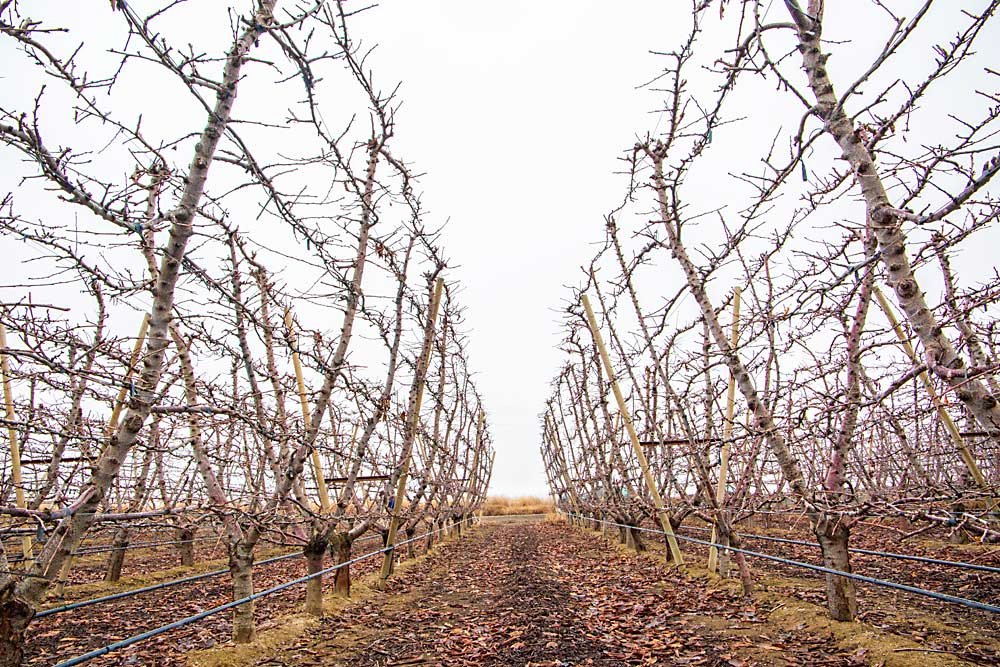
As older, free-standing trees come out, cherry growers want new ways to boost efficiency of space and labor with high-density plantings.
One way to do that is the Tatura, a highly structured tree architecture system that relies on fruiting wood trained horizontally along trellis wires, either in a vertical or V-trellis. This formal approach creates a flat fruiting wall, lending itself to even sunlight distribution, mechanization and high productivity, said Matt Whiting, Washington State University’s cherry physiologist. It works well with dwarfing rootstocks, such as Gisela and Krymsk, and gives growers precise uniformity.
When Whiting and his colleagues in Oregon and Michigan wrote a sweet cherry systems guide in 2015, Tatura wasn’t included. However, in recent years, more Washington growers are finding ways to make the mechanization-friendly approach work for them, Whiting said.
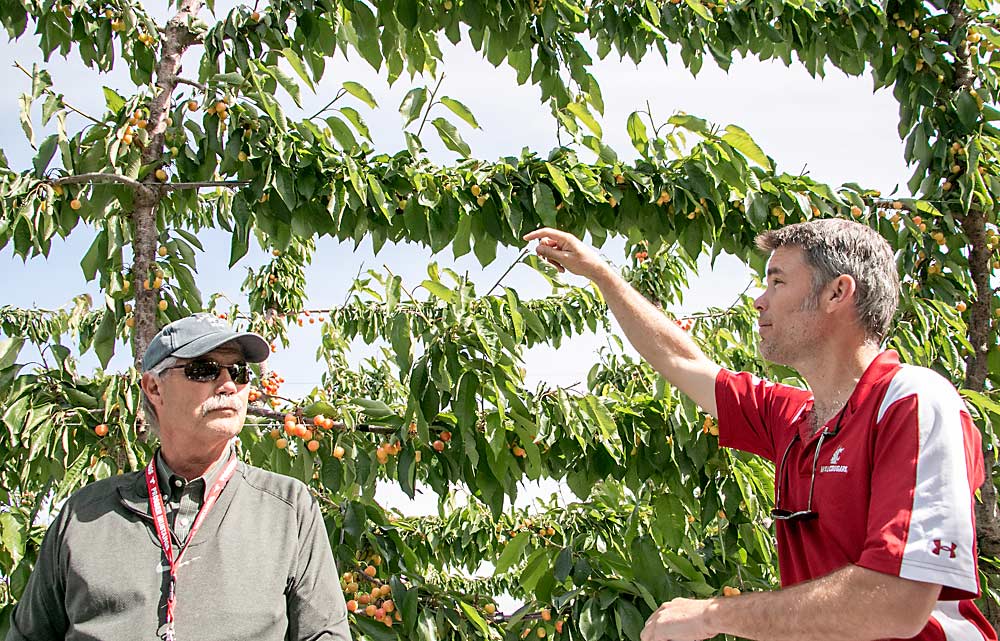
Named for an irrigated agriculture research center in Tatura, a town in Victoria, Australia, about 115 miles north of Melbourne, the training system is often known by Washington growers simply as a V-trellis, though it would work vertically, too.
The system has drawbacks, Whiting said. For one, training fruiting wood horizontally fights a cherry tree’s natural inclination to grow up. The system also requires diligence early on — and therefore labor — to encourage lateral breaks along the trunk to avoid blind wood. Also, it can be difficult to renew fruiting wood every four years or so because branches are locked into the trellis spacing.
Shawn Gay started out with a formal Tatura system when he planted his block of Rainiers in 2015 on Gisela 6 rootstocks with 6-foot spacing and 12 feet between rows at one of his orchards north of Pasco, Washington.
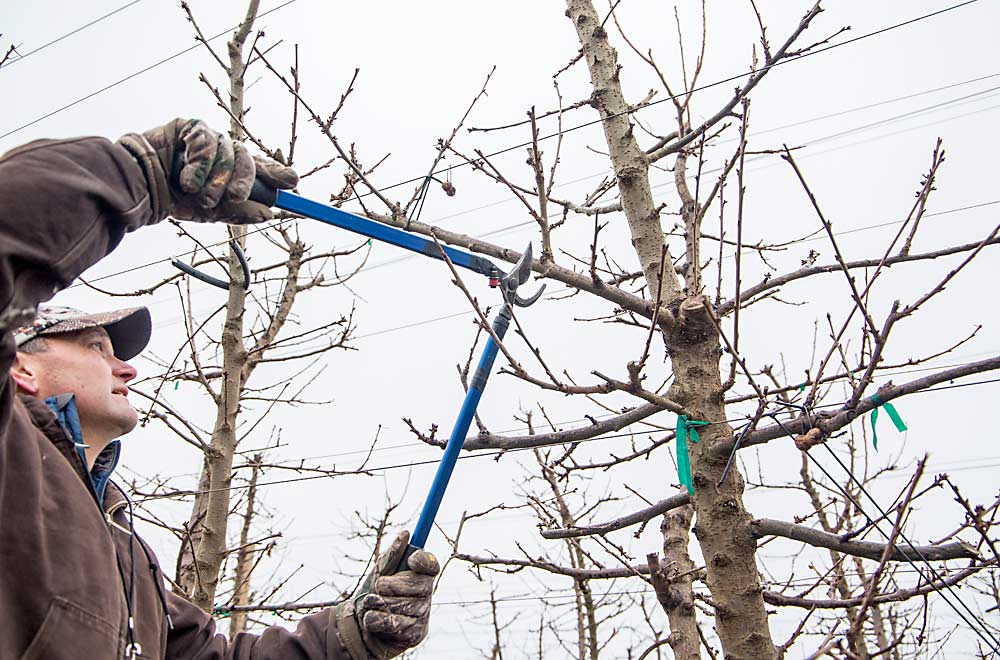
Like many growers in the United States, he calls the system a V-trellis, though he chose to build in more of a Y-shape, pulling two leaders from each single trunk to split his planting costs and vigor.
Whatever the name, he partially abandoned the system’s rigid formality in his second year, worried the labor costs of tying limbs down to trellis wires would exceed his budget. Today, he uses the trellis wires only to support the vertical leaders and allows the fruiting wood to break where it wants, keeping the fruiting wall two-dimensional through pruning and hedging. He also worried that the strict branch spacing along the trellis wires would make renewal more difficult.
“That’s always a concern on these systems,” said Gay, managing partner for his business, Finley Orchards.
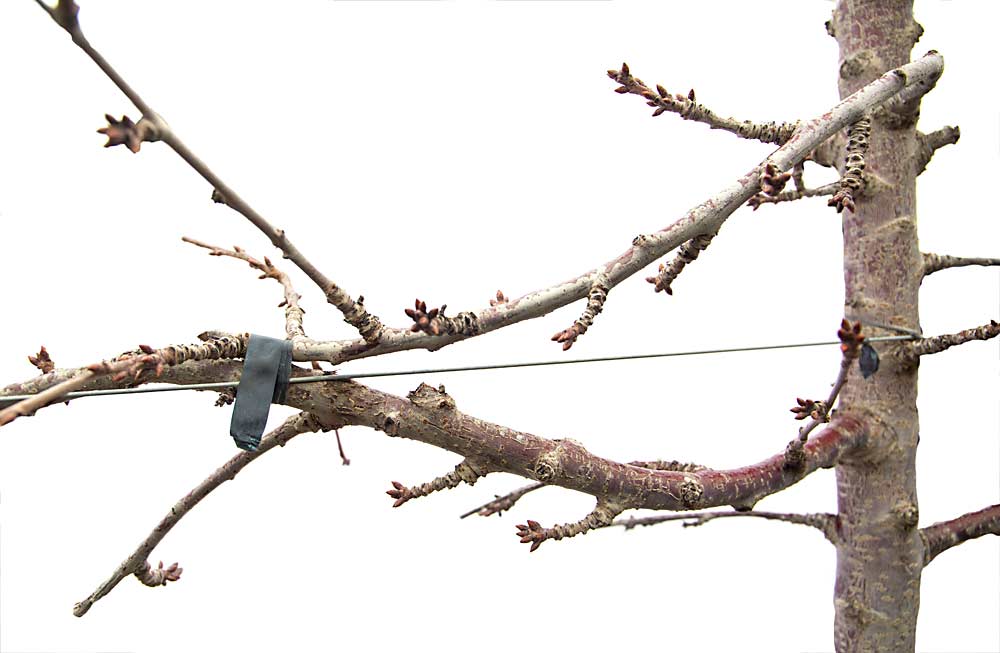
Also, he plans to allow some of the fruiting laterals to grow vertically to form new leaders between the leaders he has, as an alternate way to fill the space. He has some newer informal Tatura orchards he planted with 3-foot and 4-foot spacing, also on Gi.6.
“We’re still trying to find the correct spacing,” he said.
He chose Tatura after seeing the experiments of larger farms known for efficiency. He wanted to be on a trellis, to be ready for platforms and other forms of mechanization, but he suspected the lifetime labor costs of UFO — one of Whiting’s favorites — would add up even more. UFO, or Upright Fruiting Offshoot, training flips Tatura style 90 degrees by running the leader horizontally and allowing renewable fruiting wood to grow vertically.
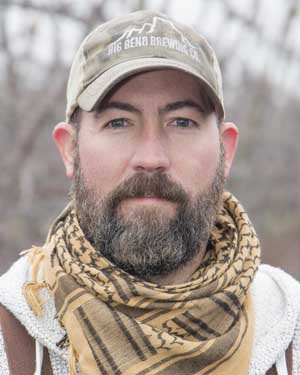
Just up the road from Gay, brothers Luke and Seth Hayden manage several Tatura blocks at Hayden Farms. All of them are V-trellises spaced 6-feet by 12-feet on a variety of roots for different varieties.
The brothers say the farm favors the system for its simplicity and rigidity. The cherries hardly move in the wind, sunlight is evenly distributed, and everything is easy to reach. Workers move quickly through the system whether pruning or picking from ladders or platforms.
“It’s easy for the pickers,” Seth Hayden said.
In mid-December, crews had just finished pruning a 10-year-old block of Early Robins on Gi.6, a favorite stop on many an orchard tour over the years. The bare, trained branches formed a stark lattice against the foggy sky, almost eerie in its uniformity and symmetry.
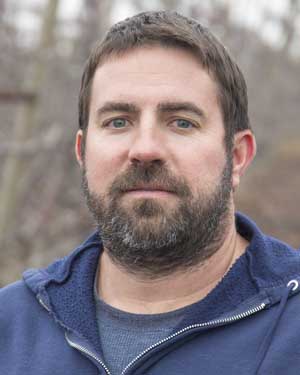
Nothing seemed out of place. If a lateral broke between trellis wires, it was bent up or down to the nearest one. When a lateral neared its time for renewal, another was trained along the same wire and given time to grow in advance, so the section never missed out on productivity.
The Tatura blocks produce between 8 and 12 tons per acre, the Haydens said.
The farm is doing more Tatura. They have a new 60-acre block of Corals on Mazzard, approaching its second leaf, and 10 more acres of the same elsewhere.
“All I can say is it works for us right now,” Luke Hayden said. •
—by Ross Courtney
Related:
—Training sweet cherries
—Don’t fight the physiology
—Know your risks with Early Robin
Online:
For more information on the Tatura trellis system, find an overview from Washington State University at bit.ly/tatura-trellis
or visit this page from an Australian agriculture website: bit.ly/tatura-construction






Gostei muito
That’s Portuguese for “Really enjoyed.” So, obrigado to this commenter.